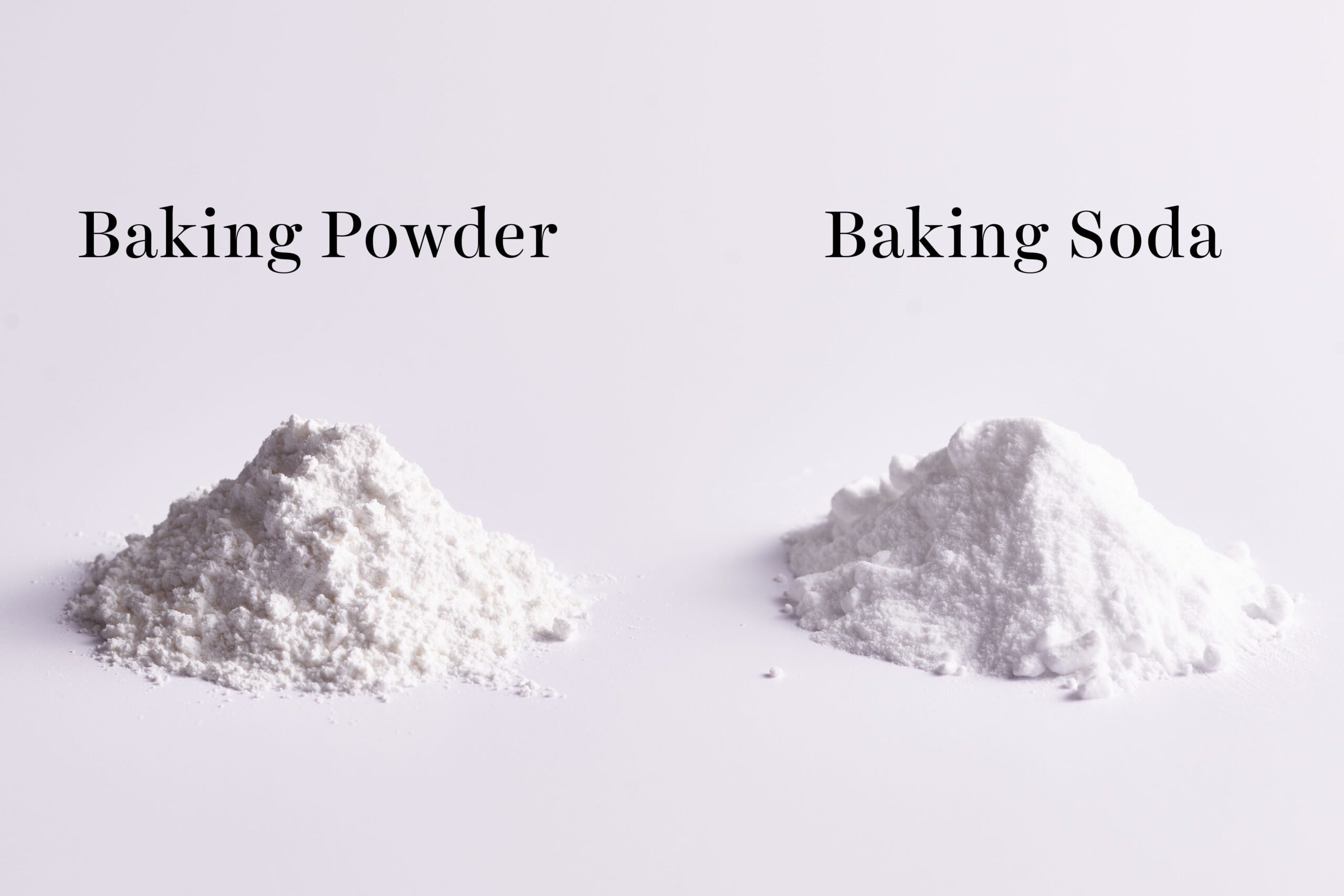

Single-acting baking powder is difficult to find in grocery stores and is more appropriate for commercial purposes, such as in the case of professional bakeries and restaurants.ĭouble-acting baking powder is more appropriate for baking at home, is easier to find, and is what modern recipes are referring to when they call for baking powder. If a wet mixture is applied too soon, the bubbles will come and go before cooking begins, which will result in a flat, overly-chewy baked good. Timing is everything when it comes to single-acting baking powder. Single-acting baking powder contains one acid that reacts to moisture upon contact by creating carbon dioxide bubbles. The "single" and "double" in these terms refers to how and, even more importantly, when the acid or acids in the baking powder react to wet mixtures and heat. There are two kinds of baking powder: single-acting and double-acting. For instance, baking soda will react to batters that use acidic liquids, like buttermilk or lemon juice. It is simply an alkaline chemical compound that reacts to a number of liquids it comes into contact with. Unlike baking powder, baking soda is not a leavening agent. These bubbles are what help baked goods, like bread, rise and lighten to fluffy textures. Adding water to this powder causes a chemical reaction wherein the acid and base produce carbon dioxide bubbles, just like yeast does. Leavening baked goods with ingredients like yeast, which produces the carbon dioxide bubbles needed for leavening, takes hours compared to baking powder's instantaneous results.īaking powder consists of three dry ingredients: an acid, such as monocalcium phosphate a base, which is baking soda and a filler, such as cornstarch, that will serve as a drying agent. Baking soda is used for foods like cookies and quick breads, such as banana bread.īefore baking soda was discovered to be useful in cooking and before baking powder was invented, few leavening agents existed. It is commonly found in cake and muffin recipes.īaking soda, which is alkaline, is more common in recipes that have acidic ingredients that it can react to, such as yogurt, citrus juice, or buttermilk.

Since baking powder includes an acid and a base, it is used in recipes that have other relatively neutral ingredients, like milk. However, it is possible to make homemade baking powder with baking soda, cream of tartar, and (optionally) cornstarch. However, figuring out how much baking powder to use as a substitute can be tricky and greatly depends on other ingredients.Ĭannot be used instead of baking powder. Three dry ingredients: an acid, such as monocalcium phosphate a base, which is baking soda and a filler, such as cornstarch, that will serve as a drying agent.Ĭan be used in place of baking soda. Comparison chart Baking Powder versus Baking Soda comparison chartīaking powder, which consists of baking soda and acid salts, is a leavening agent used to lighten and soften the texture of baked goods.īaking soda is the common name for sodium bicarbonate, a salty, alkaline chemical compound that has a wide variety of uses.


 0 kommentar(er)
0 kommentar(er)
